Features
My personal experience and perspective of Astrology and Palmistry
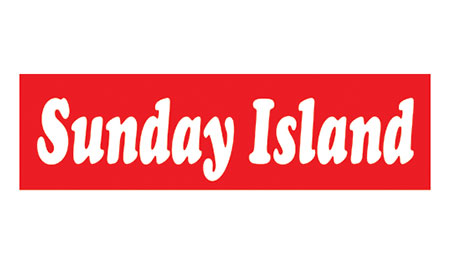
by Dr Nihal D Amerasekera
I was simply fascinated by the stories about his experience with palmistry revealed by my erstwhile colleague Prof Sanath Lamabadusuriya in a recent article to the Sunday Island Newspaper.
Palmistry or Cheiromancy originated in ancient India more than 5,000 years ago and spread to China, Greece and Rome. Now palmistry as an art is practiced worldwide. At present there are three types of palmistry, Indian, Western and Chinese. The Western and Chinese palmistry now show a significant divergence from the original Indian palmistry. The Indian Vedic astrology is closely linked to the notions of karma. Palmists believe Palmistry is both a science and an art. Astrology originated in Babylon far back in antiquity around 2,400 years ago.
I spent much of my childhood with my grandparents both of whom were measured and well-mannered health care professionals. Bringing up their children in the aftermath of the first World War they endured the nomadic life of government transfers every four years serving in some of the most inhospitable places. Those were troubled times of malaria, dysentery and typhoid epidemics. In those days without TV and radio they developed a hobby which was all consuming. They were excellent and adept palmists and astrologers.
I still recall the many books on the subject that filled the bookshelves of our house in Nugegoda. Friends and family got my grandparents to cast horoscopes and got their palms read. For them it was a hobby for which no money changed hands. According to family folklore, when I was born at the Kandy hospital my grandma, was there with her watch recording the time of birth with accuracy. The local time in Ceylon was changed during World War II to what was called ‘War Time’. This caused enormous upheaval in the astrology community in getting the time correct for casting horoscopes.
I grew up in a milieu with great belief in the ability to predict the future. We all had our astrological charts on rolled up ola leaves. My grandparents were well aware of its difficulties and shortcomings and also how, when and what information to divulge. My grandfather was a fine palmist. He never lost his sense of playfulness or the ability to find humour in his predictions. When I was a young kid I was told that I will be a doctor and my future lies in another country. In retrospect I am amazed how accurately he summed up my future.
He was always discreet in his predictions and did so with great sensitivity. In the fullness of years, I can acknowledge now, the predictions were remarkably accurate. I had a cousin who was my age and attended the local school with me. When I asked my grandpa about her future he was reluctant to discuss it. It brought us great sadness when she died tragically age 35. There were times he did get things wrong. His clientele was family and friends. These errors came to light many years later and no one came to any serious harm.
My grandfather did tell me that I had the perfect chart to be a good palmist. I did learn the basics from him and loved it. He often said “practice makes perfect” and that I should read palms regularly. The idea did appeal to me. It is wonderful to be able to predict the future. As a teenager there were too many other interests and distractions. Although my interest receded it never died. I took it up again briefly after retirement, just as a hobby. On a Mediterranean cruise I discovered palmistry was a good ‘party trick’. The mere mention at the dinner table that I could read the palm generated great interest. Despite my disclaimer of being a novice the ladies lined up for their futures to be revealed.
When I was a first year medical student we visited a family friend in Kollupitiya. There was a large gathering. Amongst the crowd was a professional palm reader. They asked me if I want my palm read. Without much thought I agreed and realised later that was a huge mistake. As there was an audience the palmist played to the gallery. Some very personal events of my future life were bared for all to hear causing me great embarrassment and distress. Much of the past was incorrect and in retrospect the future predictions were a load of rubbish. In those days I wasn’t vocal enough and suffered in silence. I still blush when I think about it. This is an excellent example of how NOT to read the palm. There are many such unscrupulous quacks and rogues that hoodwink the people to earn a living.
All palmists should learn the trade as an apprentice to a true professional who should pass on their wisdom, teach the obligations and the refinements we call “bedside manner”. Like in the Hippocratic oath they should be taught “primum non nocere” ( first, do no harm). In my childhood I recall the village astrologers and palmists who frightened the people with impending doom and gloom and extracted money to counteract the forces of evil. Perhaps with increased literacy and learning these practices have now largely disappeared. It is my belief that like in every profession, for astrology and palmistry too, well beyond the aptitude, some have the special gift of instinct or intuition that set them apart from the rest. I have met a few such brilliant professional astrologers and palmists who have made a name for themselves and make an honourable living.
The art of predicting the future has always fascinated people all over the world. For a young person with all his/her life before them there is that inevitable desire to know what is in store. Even In the 21st century that desire still exist. There are some who would say “why know the future, just get on with life”. As a septuagenarian, knowing the fragility of life, I agree with that sentiment completely. Que sera sera – whatever will be will be.
On a personal level, my future has been predicted with great accuracy and I have good reason to believe in both palmistry and astrology. The accurate time of birth and proper casting of the horoscope is the key to its reliability. Even with all that the predictions are neither fool-proof nor flawless. Finding a genuine bona-fide palmist or astrologer is like searching for a needle in a haystack.
There is a conflict between my scientific background and those imprecise and unregulated business of astrology and palmistry. As a medical professional I am trained only to trust evidence-based information and have some scepticism and even some cynicism about matters I cannot deduce logically.
I never allowed my decisions to be guided by astrology or palmistry. Those predictions have no guarantee of accuracy although it gave me a fairly clear picture of what the future held for me. I have lived my life as I wanted making much of the decisions on the hoof. In the main I have no regrets. I have always believed that although my future lay in my own hands much what happens to us in life is governed and influenced by the awesome forces of destiny.
As old age came to my grandparents, they had the respect and love of the extended family. I will always remember grandma’s diligence, energy and enthusiasm, and grandpa’s calm reflective kindness. Their demise to me was an end of an era. The memory of my grandparents still remains with me as a dear and precious possession.
Features
Africa gaining ground in intra-regional cooperation
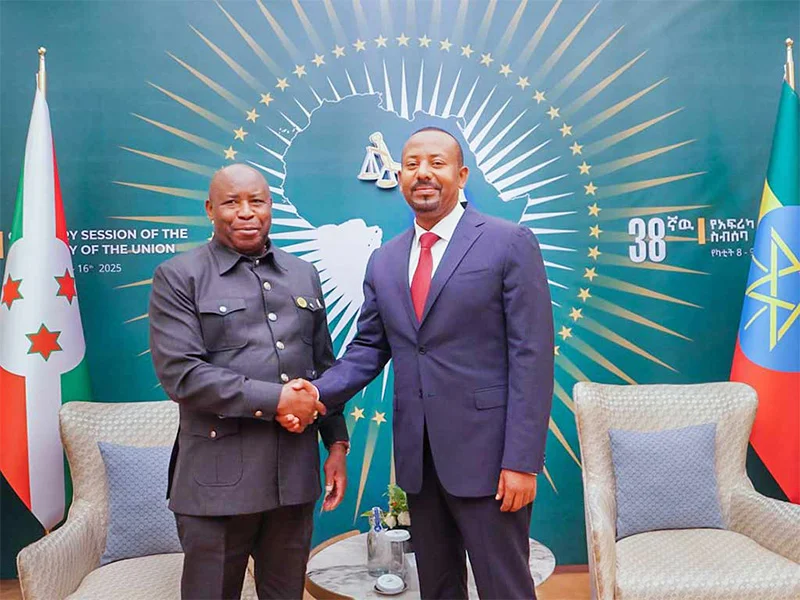
 At a time when the US is veering towards a policy of international isolation, it augurs well for international growth that Africa is emanating signs of stepping up intra-continental cooperation. Above all, Africa is in the process of proving that she could ‘stand-alone’ and be relatively autonomous in her ground-breaking growth drive.
At a time when the US is veering towards a policy of international isolation, it augurs well for international growth that Africa is emanating signs of stepping up intra-continental cooperation. Above all, Africa is in the process of proving that she could ‘stand-alone’ and be relatively autonomous in her ground-breaking growth drive.
Of course such epochal developments should not be construed as meaning that Africa would sooner rather than later be rid of the socio-political and economic bottlenecks that have been dogging her at heel for decades. What they mean is that she is managing these problems in a consistently constructive fashion currently.
We in South Asia in particular need to take note of these developments. This is mainly in view of the fact that SAARC is non-functional. It is not ‘dead’, as a former President of Sri Lanka tried to have us believe, but its virtual paralytic state at present should have discerning sections in the region concerned. It is robust regional cooperation in the fields that matter that helps a country in its growth and development and if SAARC is dysfunctional this is a serious setback for Sri Lanka and the region.
Closer integration into BIMSTEC and ASEAN is certainly desirable but if governments are having Sri Lanka’s best interests at heart it is primarily to the SAARC region that they need to look. For instance, how Sri Lanka is hoping to further its growth prospects by not factoring in stepped-up and positive economic interaction with India and Pakistan, for example, is incomprehensible.
There is a strong regional dimension to any country’s economic growth and unless the relevant regional cooperative mechanisms are rendered operational, the desired level of national development could not be achieved in full. Hence the need to render SAARC fully operational once again.
However, unless and until governments of the region realize the urgency of meeting the above challenge, SAARC would remain in a state inertia. The pressing need is visionary political leadership at the regional level. Right now this is seriously lacking.
It would seem inappropriate and misleading at first blush to attempt to draw comparisons between the vast continent of Africa and the South Asian region in view of the latter’s comparative geographical smallness, but this is more so why Africa’s present exercises in intra-continental cooperation need to be positivey assessed. If Africa could be making some headway in intra-regional cooperation, given her ‘Giant’ status and her seeming unmanageability as a collectivity, why can’t South Asia, a comparatively physically small region? ‘This is the Question’.
While the above and connected matters of importance for regional growth need to be seriously studied by political leaders and policymakers of South Asia, they would be acting in the regional interest by taking a leaf or two out of Africa’s book of cooperative growth and development.
All watchers of international development should feel compelled to take a hard, discerning look at the 38th African Union (AU) Summit held in Addis Ababa, beginning February 15th this year. Interestingly, the Summit theme was, ‘Justice for Africans and People of African Descent through Reparations.’
Coincidentally, erstwhile Namibian leader Dr. Sam Nujoma passed away on the eve of the Summit. Nujoma was perhaps the last of those prominent leaders from Africa who doggedly championed the cause of the libration of his country and of the continent from the shackles of colonialism. More leaders of his ilk are required by the South in general and Africa in particular.
While the acquiring of ‘reparations’ for colonialism’s ravages could prove a very long-gestation project, it is vitally important for Africa and other regions that came under colonial control to keep the issue constantly in focus.
Meanwhile, Africa’s gains in economic cooperation under the AU need to be studied appreciatively by the South and other regions in their interests. Some of the achievements of the AU under the aegis of the African Development Bank (ADB), as outlined by outgoing president of the Bank, Dr. Akinwumi A. Adesina at the Summit were: ‘515 million African lives were transformed over the past decade, including 231 million women, 127 million people gained access to better services in terms of health, 61 million people gained access to clean water, 33 million people benefited from improved sanitation, 46 million people gained access to ICT services, 25 million people gained access to electricity.’
Reports said that the Summit also, among other things, adopted the ‘African Financing Stability Mechanism’. Under this arrangement, $20 billion in debt refinancing will be provided for African nations. This will happen alongside the adoption of the ‘Strategic Framework on Key Actions to Achieve Inclusive Growth and Sustainable Development in Africa Report’.
The Report outlines key actions for Africa to ‘Achieve and sustain an annual growth rate of at least 7% of GDP over the next 5 decades.’
The above are a few aims that the AU intends to achieve going forward for the whole of Africa. But they are sufficient evidence of the current effectiveness of the collective organization. We see here a notable example in South-South cooperation which is a dire need today in the developing world.
South-South cooperation is the way to go particularly in consideration of the US’ current policy of virtually ridding itself of the past policy of helping the South by way of development assistance. Instead of bemoaning the fact that institutions, such as USAID, will be almost no more, the South would do well to take a hard look at Africa’s success stories in helping itself with little or no external assistance.
The discontinuation of US assistance needs to be seen as the proverbial ‘blessing in disguise’ by the South. Here is an opportunity for the Southern hemisphere to finally rid itself of those neo-colonial umbilical binds that have been preventing it from achieving genuine national liberation.
To be sure, the South is not going to meet with spectacular success by adopting the African model in the near term. But if the model is doggedly persisted with by enlightened governments of the South some success is certain to accure to the hitherto ‘Wretched of the Earth’, going forward.
Features
Mrs. World Tshego Gaelae …doing it differently
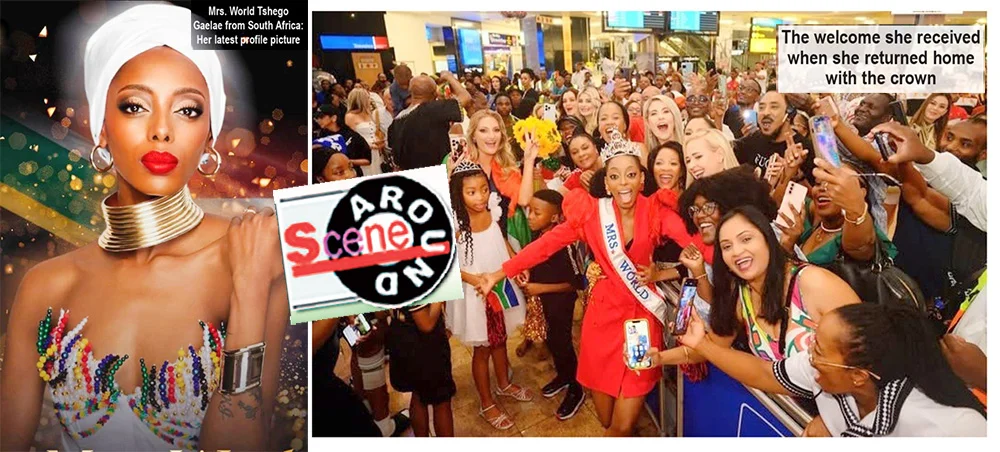
While most of our pageant winners get involved in frivolous activities, during their reign, the 40th Mrs. World pageant winner, Tshego Gaelae, from South Africa, is keen to bring into the spotlight her country’s potential.
Before her departure for the Mrs. World pageant, held in Las Vegas, in the USA, in January, the Lawyer, Entrepreneur, Model and Digital Creator, said:
“I’m so excited to be sent not only as a delegate but a representative of those hopeful hearts that always want to see South Africa’s potential shine and win. I stand on the shoulders of icons, world champions, the Queens that have gone ahead of me, and of the world leaders that continue to ensure our global participation and impact.
“Thank you everyone for the support so far!”

A coke and a smile…with Sprite Cucumber her pick
Referring to the interview for the position of Mrs. World, Gaelae said: “We get to bring our most authentic self to advocate for the causes we want to advance through the most prestigious platform that is the Mrs World Pageant. What an honour to have such experienced judges who care to hear about what I want to achieve.”
The lead up to the prestigious Mrs. World event was doubly exciting for Gaelae as she got the opportunity to display not only her country’s creations but also check out certain nostalgic venues.
“We received the honour of being at the Elvis penthouse suite, at the Westgate Vegas! The space is spectacularly filled with iconic and historic presence, fit for the king that was Elvis Presley.”
The Mrs World participants spent an evening honouring Victoria’s Voice Foundation and Gaelae’s gift to the Foundation was a canvas shirt with President Nelson Mandela’s face printed on it. The shirt can either be worn or displayed in a frame, and Gaelae says she is so glad to have had the opportunity to present a piece of her beloved South Africa.”
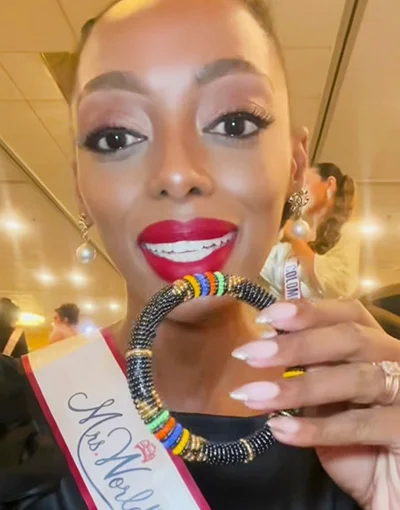
The bangles she gifted to all the participants at the Mrs. World pageant
Gaelae went on to say: “I always joke about being Zulu in my past life, but on a serious note, I love the Zulu Culture so much, that I gifted my Mrs. World Pageant Sisters some beautiful bangles.”
They also visited the special Coca-Cola Store in Vegas, and got to taste some interesting flavours. And Gaelae’s pick … “Sprite Cucumber definitely wins for me.”
Mrs. World enthusiastically said that one of the biggest gifts she received out of her Mrs South Africa journey was that of sisterhood, “and it’s so amazing to come to the Mrs. World pageant and find it once again,” she went on to say.
“My roommate was the gorgeous Ishadi Amanda from Sri Lanka! We bonded with no delay, and laughed till we cried! I was literally paired with a sister from another mother.”
Tshego Gaelae also had a special comment to make regarding the article we published about her in The Island of 6th February, 2025.
“Thank you so much for the beautiful article and coverage.”
Features
Activate all that is good for your skin
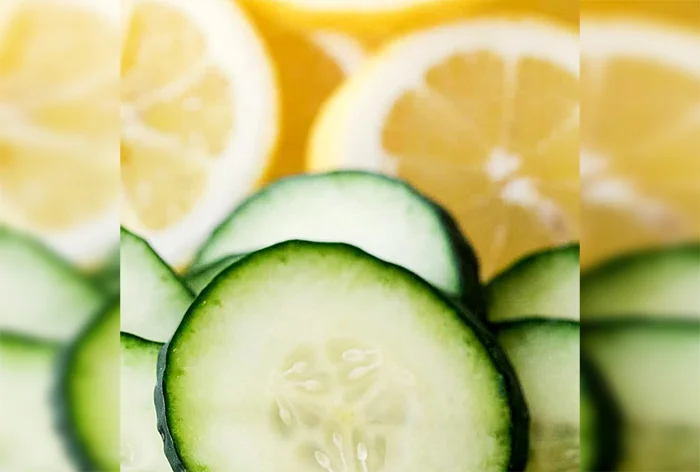
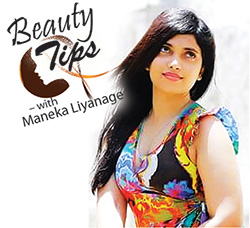 Hi! This week, too, I’m giving you some easy to prepare tips to help you achieve all that is good for your skin.
Hi! This week, too, I’m giving you some easy to prepare tips to help you achieve all that is good for your skin.
* Cucumber and Lemon:
Mix equal parts cucumber and lemon juice and apply the mixture on your face (avoiding eyes). Allow it to sit for 10 minutes and then rinse it off. This natural face beauty tip will brighten your skin tone and lighten blemishes, if used on a regular basis. The best aspect is that it is appropriate for all skin types!
* Tomatoes:
Scoop up the pulp of one tomato and apply it evenly on your face. Allow it to dry for 15 minutes before washing it off with warm water … to reveal a naturally radiant skin.
* Green Tea:
After steeping green tea in hot water for about 05 minutes, allow the tea to cool. Transfer the tea to a spray bottle and spray, in short bursts, or place a little amount onto a cotton pad and pat on your face after thoroughly cleaning it.
* Chilled Tea Bags:
A chilled black or green tea bag does wonders for your skin. This natural face beauty technique may rapidly reduce puffiness around the eyes, making them appear brighter and more alert. Place the tea bags on your eyelids and relax for 05 to 15 minutes while they perform their magic.
* Honey:
Applying a small amount of honey to your face every day is an excellent approach to getting healthy, bright skin. Honey’s absorbing properties draw out pollutants from skin pores and help completely cleanse your skin. Honey’s antibacterial effects heal and prevent acne. Honey’s antimicrobial qualities soothe skin irritation and protect skin from bacterial infections. Honey, has remarkable moisturising effects and is also a terrific relief for dry skin.
* Coffee:
Exfoliating on a regular basis improves the appearance of your skin, making it look younger and healthier. For those who enjoy coffee, a homemade coffee scrub is all the weekly nourishment your skin requires. Coffee’s anti-inflammatory qualities minimize redness, irritation, and acne. All you need to do is mix freshly ground coffee beans, coconut oil, and brown sugar to your desired consistency in a bowl. Massage gently in circular strokes over your face, then rinse with warm water. After using an exfoliant, always moisturise.
-

 Sports5 days ago
Sports5 days agoRemarkable turnaround for Sri Lanka’s ODI team
-
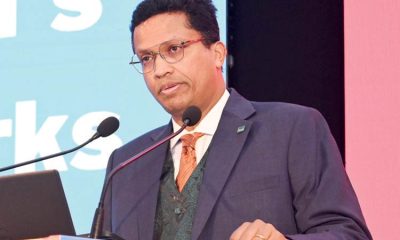
 Business5 days ago
Business5 days agoUN Global Compact Network Sri Lanka: Empowering Businesses to Lead Sustainability in 2025 & Beyond
-
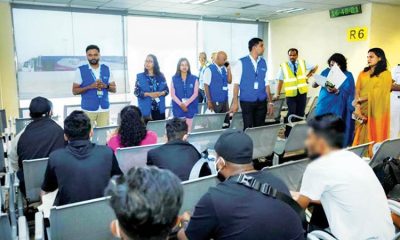
 Features5 days ago
Features5 days agoScammed and Stranded: The Dark Side of Sri Lanka’s Migration Industry
-
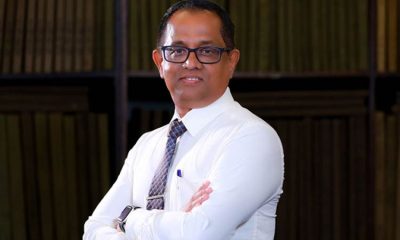
 News6 days ago
News6 days agoSpeaker agrees to probe allegations of ‘unethical funding’ by USAID
-
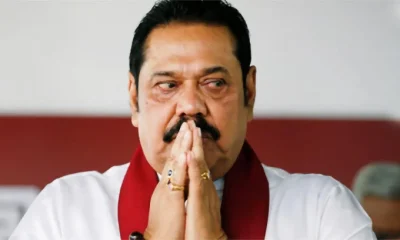
 Features4 days ago
Features4 days agoDon’t betray baiyas who voted you into power for lack of better alternative: a helpful warning to NPP – II
-

 Features4 days ago
Features4 days agoTwo films and comments
-

 Features7 days ago
Features7 days agoClean Sri Lanka and Noise Pollution (Part II)
-

 Editorial6 days ago
Editorial6 days agoCoal giant awakes, but uncertainty prevails











